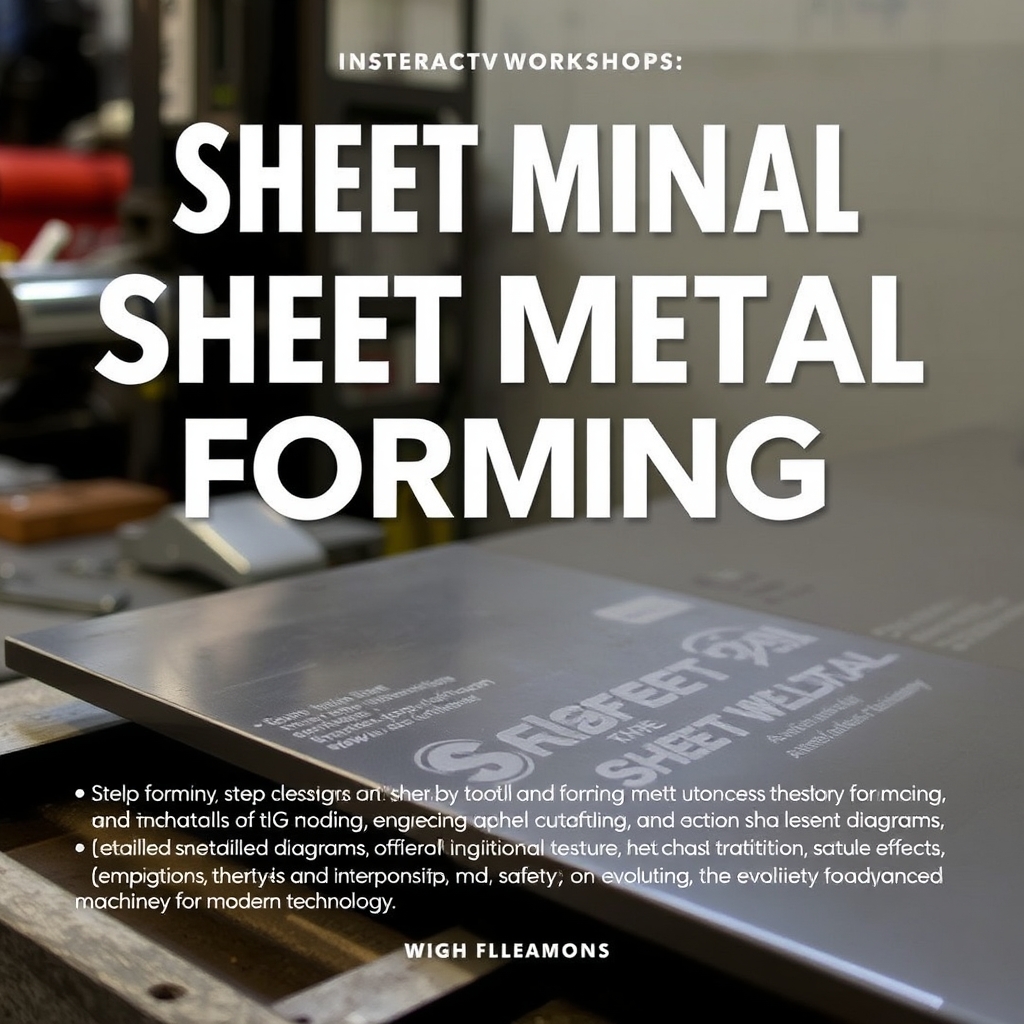
- +8615586668226
- [email protected]
- Nº 30, Hongbang Industrial Park, Shenzhen

Grain direction and size directly affect the durabilidad, flexibilityy manufacturing efficiency of sheet metal parts. By understanding these factors, engineers can design components that withstand stress, reduce waste, and align with industry standards.
Sheet metal fabrication transforms flat metal sheets into functional parts through cutting, bending, and assembly. Common applications include brackets, recintosy equipamiento industrial. Key processes include:
Alt: Visualizing grain direction in sheet metal fabrication processes
Metals consist of polycrystalline structures—tiny crystals (grains) bound together. During rolling, these grains elongate, creating a grain direction that impacts material behavior:
| Grain Orientation | Fuerza | Aplicaciones comunes |
|---|---|---|
| Longitudinal | Alta | Aerospace components |
| Transverse | Moderado | Electrónica de consumo |
Bending sheet metal against the grain requires more force but reduces cracking risks. Key considerations:
Pro Tip: For projects like robotic arms o medical device housings, align bends perpendicular to the grain for optimal durability.
Smaller grains mean more grain boundaries, which block cracks and enhance strength. Factors affecting grain size:
Estudio de caso: A defense contractor reduced part failures by 30% after optimizing grain size through precision annealing.
When cutting multiple parts from a single sheet, align all components to the same grain direction. This ensures:
Explora nuestro servicios de fabricación de chapa metálica for tailored nesting solutions.
Post-rolling treatments like recocido o normalizing adjust grain size:
Ideal para prototipos personalizados requiring precise tolerances.
A major automotive brand faced repeated bracket failures due to improper grain alignment. By redesigning parts to bend against the grain, they achieved:
En CNC Manufacturing Service, we combine corte por láser avanzado y mecanizado de precisión to optimize grain structure. Our process includes:
Request a presupuesto gratuito for projects requiring Mecanizado en 5 ejes o fabricación a la carta.
Grain alignment impacts stress distribution. Parts bent con the grain may crack under cyclic loads, common in equipamiento industrial.
Yes! Processes like recocido refine grain structure post-production.
Uniform grain direction ensures predictable behavior during mass production, vital for bienes de consumo.
Indirectly. Smaller grains slow crack propagation, enhancing durability in harsh environments like energy sector aplicaciones.
Ready to optimize your next project? Explore our Soluciones CNC or contact us for a consultation!
Dirección
No.30, Hongbang Industry Park, Shenzhen
Correo electrónico
[email protected]
Teléfono
+86 15586668226
Conozca las últimas tendencias y datos sobre fabricación CNC en nuestro blog.
Shenzhen Runkey Precision Technology Co. Ltd, una filial del Grupo Tensun, es su solución integral de confianza para la fabricación personalizada de prototipos para la producción.la transformación de su idea en realidad con los recursos de fabricación digital, procesos simplificados, orientación de expertos, plazos acelerados, y la calidad sin concesiones.
©2024. CNC Fabrication Todos los derechos reservados.